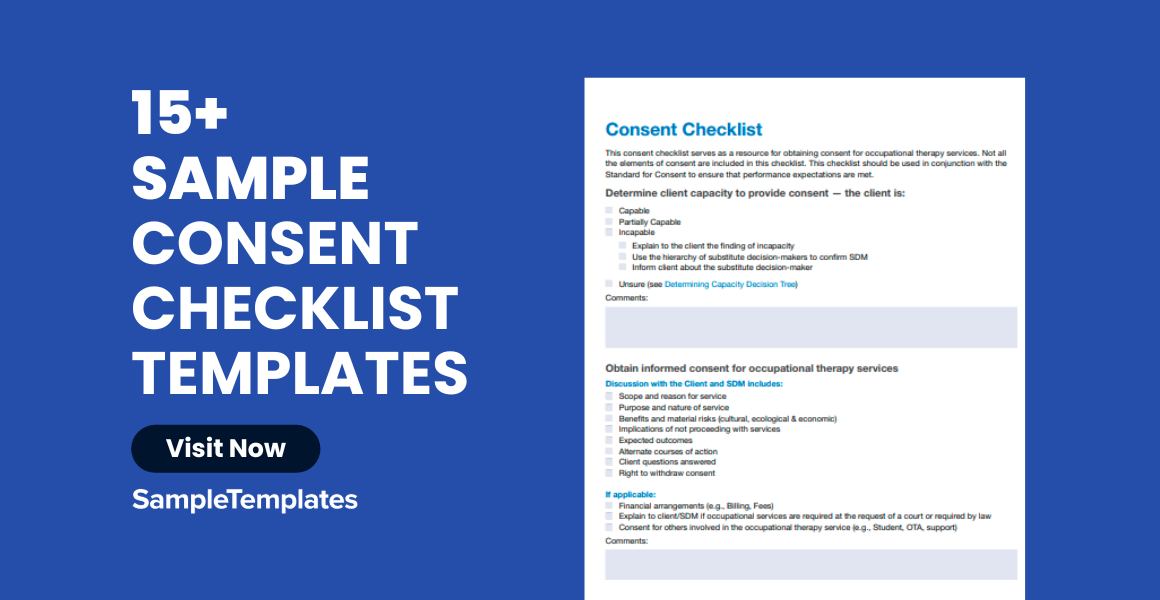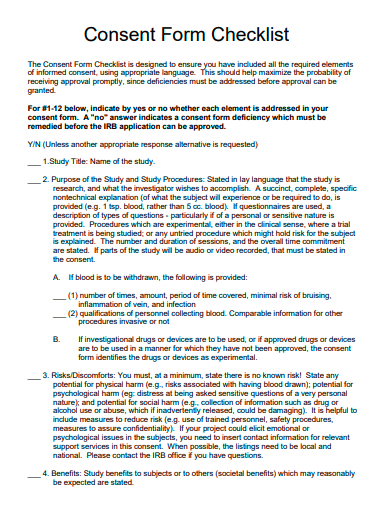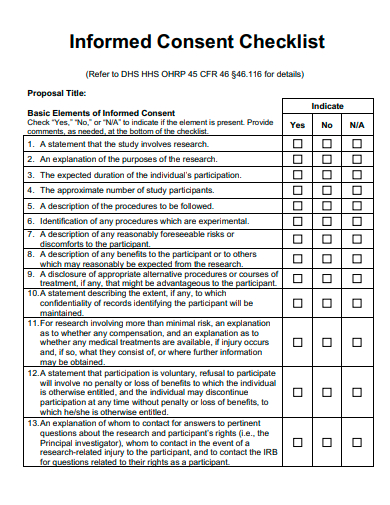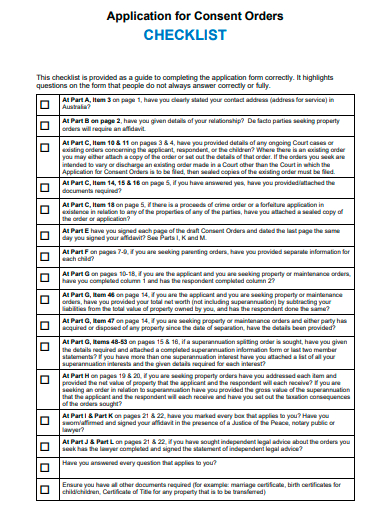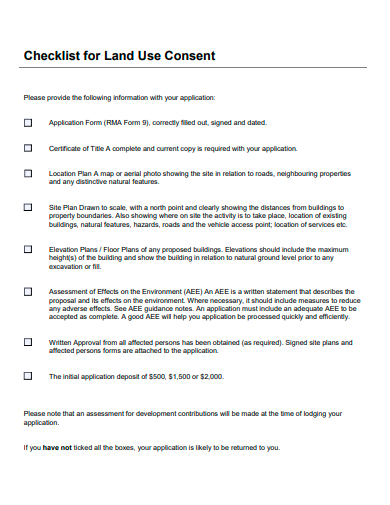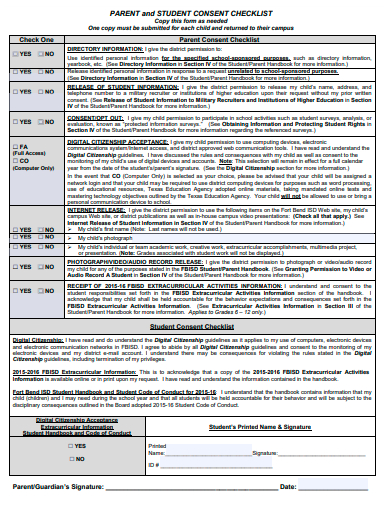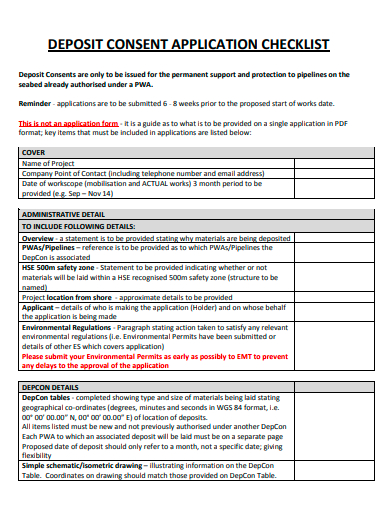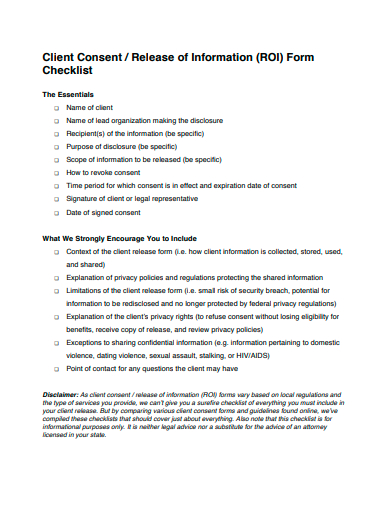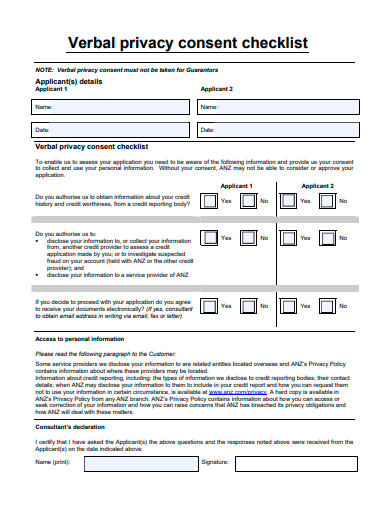In today’s digital age, understanding and managing consent is paramount. The ‘Consent Checklist’ serves as a comprehensive guide, ensuring that individuals and businesses navigate the intricate pathways of permission seamlessly. This sample checklist embodies best practices, highlighting the importance of transparency, respect, and informed decisions. Whether you’re a tech-savvy professional or just stepping into the realm of digital interactions, our checklist is your roadmap to fostering trust and compliance.
15+ Consent Checklist Samples
1. Sample Checklist Template

2. Basic Checklist Template
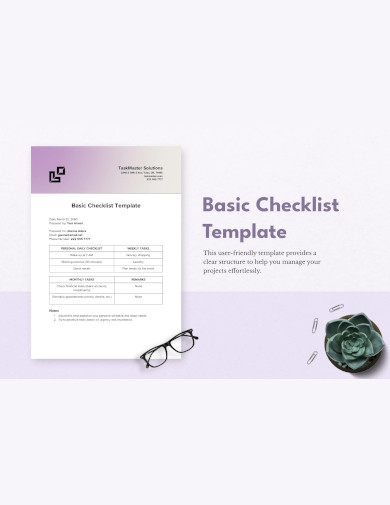
3. Formal Checklist Template
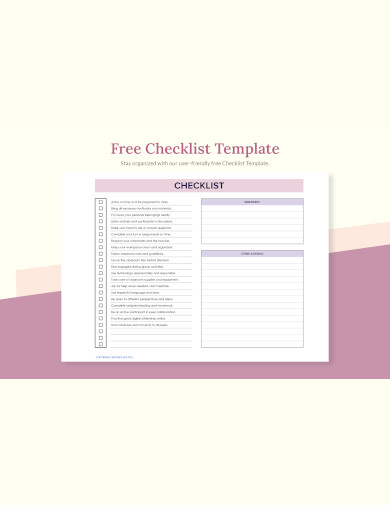
4. Printable Checklist Template
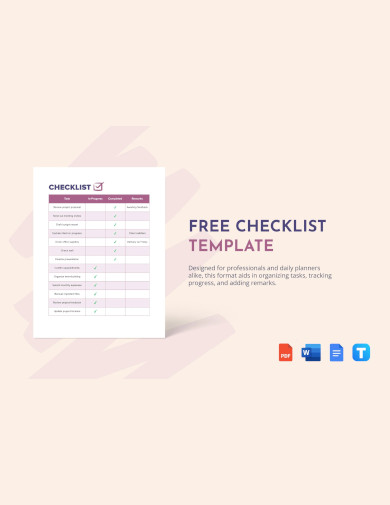
5. Sample Consent Checklist Template
What is a Consent Checklist?
A Consent Checklist is a structured tool used to ensure that informed and explicit permission is obtained from an individual or group. It is primarily used in areas where there’s a necessity to gain clear, unambiguous consent, such as medical procedures, research participation, or data collection.
The Essence of a Consent Checklist
At its core, a consent checklist is a systematic tool or framework designed to facilitate the process of obtaining clear and informed permission from an individual or group. It acts as a guide to ensure that every necessary detail is presented, understood, and acknowledged, leaving no room for ambiguity or misinterpretation. You can also see more templates like Confirmation Checklists.
Why is it Crucial?
- Upholding Ethical Integrity: Consent is rooted in respecting individuals’ autonomy, their right to make decisions without any sample form of coercion. The checklist ensures that ethical standards are met by providing comprehensive information, thus empowering individuals to make informed choices.
- Legal Compliance: Numerous laws, especially related to data protection, medical practices, and analysis research, mandate obtaining informed consent. A well-documented checklist serves as evidence that all legal prerequisites have been met, protecting organizations and practitioners from potential liabilities.
- Building Trust: When individuals understand that their rights are being respected and they are not being kept in the dark, it fosters trust, a critical component, especially in professional settings like healthcare and research.
The Primary Purpose of this Checklist is to:
- Ensure Ethical Practices: Whether it’s a medical procedure, research participation, or data collection, ethical practices necessitate that individuals are aware of what they’re consenting to. It upholds the principle of respect for persons, recognizing their autonomy.
- Legal Safeguard: Many jurisdictions have stringent laws in place about obtaining consent, especially when it involves personal data or potential risks. A thorough printable checklist can act as a proof that all necessary steps were taken to obtain informed consent.
- Clarify Details for the Consenting Individual: The checklist isn’t just a tool for the person or entity obtaining consent. It’s equally beneficial for the individual giving consent, ensuring they are fully aware of what they’re agreeing to.
Key Components of a Consent Checklist
- Clear Information: The checklist should contain all necessary details about the procedure, project, or data collection, leaving no room for confusion.
- Risks and Benefits: Any potential risks, side effects, or benefits should be clearly outlined.
- Voluntary Participation: It should be emphasized that participation is entirely voluntary and that the individual can withdraw their consent at any point.
- Alternatives: If there are alternatives to what’s being proposed, these should be clearly presented.
- Data Protection: In the case of data collection, how the data will be stored, used, and protected must be explained.
- Contact Details: Should any concerns or questions arise later, contact details of the concerned person or department should be available.
Incorporating the Checklist into Practice
Using a consent checklist is not just about ticking off boxes. It’s about genuinely engaging with individuals, answering their queries, and ensuring they’re comfortable. Training might be necessary for those obtaining consent to ensure they understand the importance of each item on the checklist and can elucidate any queries.
Practical Implementation of the Consent Checklist
While having a checklist is essential, its practical implementation is equally vital. It’s not just a procedural formality; it’s an engagement tool.
- Training: Staff or personnel who are responsible for obtaining consent should undergo training. They should understand not just the content but the spirit behind the checklist, ensuring they can address queries or concerns.
- Iterative Process: As laws change and societies evolve, the checklist should not remain static. It should undergo regular reviews and updates to stay relevant and effective.
- Feedback Loop: It’s beneficial to gather feedback from individuals who provide consent. Their input can offer insights into improving the clarity and effectiveness of the checklist.
Types of Consent Checklist
The concept of consent has diverse format applications across multiple domains, each requiring its unique checklist to ensure that the principles of informed consent are rigorously followed. Below are different types of consent checklists catered to varied areas:
1. Medical Consent Checklist
- Procedure Explanation: Detailed description of the medical procedure or treatment.
- Risks and Benefits: Explanation of potential side effects, risks, and anticipated benefits.
- Alternative Treatments: Discussion about other available options.
- Voluntary Participation: Assurance that the patient can refuse or withdraw without any penalty.
2. Research Consent Checklist
- Study Purpose: A clear statement on the objective of the research.
- Participant’s Role: Description of what will be expected from the participant.
- Risks and Benefits: Overview of potential discomforts, risks, and possible advantages.
- Data Handling: Information on how participants’ data will be stored, shared, and protected.
- Voluntary Participation: Emphasis on the voluntary nature of participation with no repercussions for withdrawal.
3. Data and Digital Consent Checklist
- Type of Data Collected: Specification of personal data, browsing habits, preferences, etc.
- Purpose of Collection: Why the data is being collected and how it will be used.
- Data Sharing and Storage: Explanation of where and how data will be stored, and if it will be shared with third parties.
- Opt-out Options: Options for users to limit or refuse data collection.
4. Sexual Consent Checklist
- Mutual Agreement: Affirmation that all parties involved have agreed.
- Understanding of Boundaries: Clear discussions about boundaries and comfort levels.
- Continuous Check-ins: Ensuring ongoing consent throughout.
- Sobriety: Assurance that all parties are in a clear state of mind.
5. Business Consent Checklist
- Purpose of Agreement: Clear details on the business deal or partnership.
- Terms and Conditions: Comprehensive overview of all terms, clauses, and conditions.
- Risks and Liabilities: Understanding of any potential business risks.
- Exit Clauses: Information on how either party can withdraw or terminate the sample agreement.
6. Sample Consent Form Checklist Template
7. Sample Construction Consent Checklist Template
8. Sample Building Consent Checklist Template
9. Sample Informed Consent Checklist Template
10. Sample Consent Orders Checklist Template
11. Sample Land Use Consent Checklist Template
12. Sample Parent and Student Consent Checklist Template
13. Sample Deposit Consent Application Checklist Template
14. Sample Client Consent Checklist Template
15. Sample Verbal Privacy Consent Checklist Template
16. Sample Joint Application Consent Checklist Template
How do you Create a Consent Checklist?
In many fields, particularly in medical, research, and data-related domains, obtaining informed consent is critical. This ensures that participants are fully aware of what they’re agreeing to, safeguarding their rights and promoting ethical practices. To ensure you capture all necessary information and maintain ethical standards, crafting a comprehensive consent checklist is pivotal. You can also see more templates like Credentialing Checklist Samples. Here’s how to create one in five straightforward steps:
Step 1: Understand the Purpose
Start by understanding why you need consent. Is it for medical treatment, participation in research, data collection, or some other purpose? The nature of the consent will dictate the items you need to include in your checklist. For instance, a medical consent form might include potential risks of a procedure, while a data consent form would explain how collected data will be used.
Step 2: List Out Essential Information
Ensure that participants or individuals understand what they are getting into. Your checklist should cover:
- A clear description of the procedure or activity
- Potential risks and benefits
- Any alternatives available
- Confidentiality guarantees (especially important in research or data-related activities)
- The right to withdraw or opt-out without repercussions
Step 3: Consider Legal Implications
Legal standards for consent vary by country, state, and specific industry. It’s essential to be familiar with these to ensure your checklist is compliant. For instance, data privacy laws in Europe (like the GDPR) have specific requirements for informed consent that may differ from those in the US. Always consult with a legal professional to ensure you’re covering all your bases.
Step 4: Ensure Accessibility and Clarity
Your consent checklist should be clear, concise, and free of jargon. Aim for a design document that can be easily understood by someone with no expertise in the field. This might mean:
- Using simple language and short sentences
- Avoiding technical terms or providing clear definitions when they are necessary
- Formatting the document in a way that’s easy to read and navigate, using bullet points, headings, and consistent fonts
Step 5: Implement a Feedback Mechanism
After creating your checklist, test it with a small group before full implementation. Gather a sample feedback to determine if any items are unclear or if vital information is missing. This iterative process can help ensure that your final checklist is both comprehensive and user-friendly.
In conclusion, a consent checklist stands as a testament to the importance of transparency, ethics, and respect in interactions that require permission. Whether you’re a researcher, healthcare provider, or a tech company, implementing a robust consent checklist is not just good practice—it’s a reflection of commitment to ethical and legal responsibilities. You can also see more templates like Waiver Checklist Samples.
Related Posts
FREE 17+ Survey Checklist Samples in MS Word | Google Docs | PDF
FREE 18+ Internship Checklist Samples in MS Word | Google Docs | PDF
FREE 18+ Statement Checklist Samples in MS Word | Google Sheets | PDF
FREE 20+ Voluntary Checklist Samples in MS Word | Google Sheets | PDF
FREE 18+ Summary Checklist Samples in MS Word | Google Sheets | PDF
FREE 14+ Sponsorship Checklist Samples in MS Word | MS Excel | PDF
FREE 18+ Conference Checklist Samples in MS Word | Google Sheets | PDF
FREE 17+ Lesson Checklist Samples in MS Word | Google Sheets | PDF
FREE 18+ Progress Checklist Samples in MS Word | Google Docs | PDF
FREE 18+ Enrollment Checklist Samples in MS Word | Google Docs | PDF
FREE 18+ Graduation Checklist Samples in MS Word | Google Sheets | PDF
FREE 18+ Review Checklist Samples in MS Word | Apple Pages | PDF
FREE 18+ Submission Checklist Samples in MS Word | Google Docs | PDF
FREE 18+ Request Checklist Samples in MS Word | MS Excel | PDF
FREE 21+ Faculty Checklist Samples in MS Word | Google Sheets | PDF
